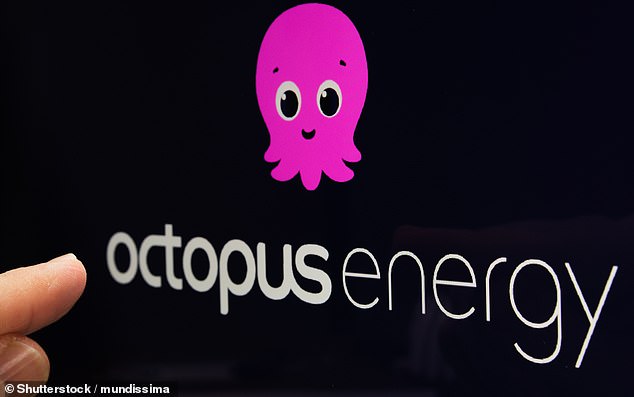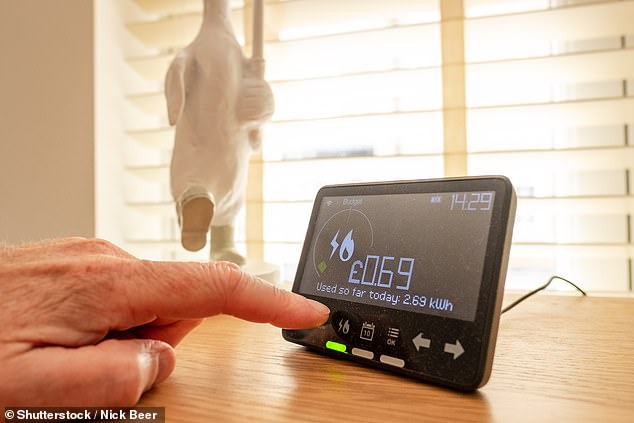Boiling the kettle for a cup of tea sent Ford and Ann Jones into a panic when their newly installed smart meter showed it was adding £5 to their electricity bill.
To make sure their eyes weren’t deceiving them, they tested the washing machine and discovered it charged £15 to clean their clothes.
They called their utility company Octopus Energy to try to find out why their bills had suddenly skyrocketed following the installation of a smart meter a few weeks earlier.
Before that, boiling a kettle only added about a penny to their bill. At first, the energy supplier ignored his pleas.
It was only when they contacted an independent engineer who had fixed solar panels to their roof that they discovered that a “CT clamp” had been reconnected backwards, causing the meter readings to “go crazy”.
Experts believe this is far from an isolated incident. One electrician says he was called a dozen times last year because smart meter installers rewired existing solar panel connections backwards.
Not so clever: The meter was installed incorrectly and the couple’s pleas were ignored
This clamp-on CT is a “current transformer” about the size of half a matchbox that sits over the power wires entering a smart meter and measures the electricity going in and out.
They sometimes come with arrows printed on the clamp, but they are difficult to read for anyone other than an electrician.
In numerous phone calls since it was installed last February, the retired couple in their 70s were told to “ignore the meter” and that “it may take a few weeks for the meter to stabilize.”
This was despite being charged £3,000 over a three-month period – more than ten times his usual quarterly bill.
Ford says, “Octopus told us not to worry, but that didn’t stop them from continuing to send much higher bills.”
The couple had downsized to their modest three-bedroom bungalow two years ago and installed a dozen solar panels on its south-facing roof in a bid to future-proof themselves against rising energy bills.
Octopus Energy had claimed that a smart meter installed last February would monitor their energy use and hopefully help keep costs down by showing them how to save electricity.
Ford adds: ‘Only after I logged onto the Octopus website and showed evidence that our energy consumption had skyrocketed once the meter was installed did they finally pay attention.
‘But it wasn’t until August that we got an engineer to fix the problem.
“I insisted that Octopus fix the CT clamp because if I had hired another engineer to do the work, the power supplier could have said it wasn’t their fault.”

Octopus: The energy giant said it was a “very rare error”
And Dave Cookman, a professional electrician with more than 20 years of experience in electrical installations (including solar panels), believes his experience is far from unusual.
Dave, owner of D Cookman Electrical in Dunstable, Bedfordshire, says: “This problem of people installing smart meters when they already have solar panels is becoming more and more common. In the last year alone I have dealt with a dozen cases similar.
«These tweezers measure the flow of electricity using magnets.
“Put the clamp back on backwards, which often happens with smart meters installed by people untrained in the technology, and the reader will suddenly have no idea what’s going on and could start telling you anything. other than its actual use.’
He adds: ‘It is understandable that energy suppliers like Octopus are unwilling to admit liability.
“My advice is to contact your installer immediately and insist that they come to fix the problem if your energy bills spike unexpectedly after you’ve agreed to install a smart meter at home.”
Octopus paid compensation to the couple after Money Mail intervened and admitted the engineer reinstalled their CT clamp backwards.
Octopus said: “We install thousands of these clamps a year and it is a very rare error, which meant some of our team didn’t catch it as quickly as we would like.”
If you have been affected by wild smart meter readings: toby.walne@dailymail.co.uk


